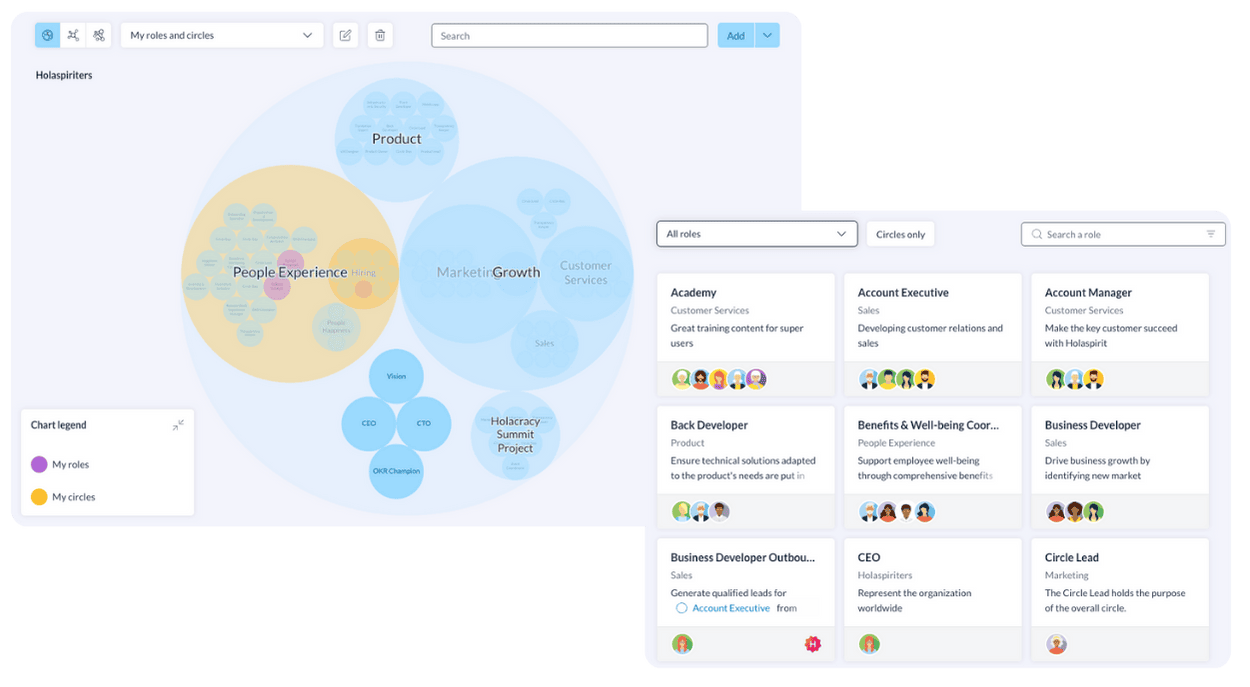A heavy workload, or a mismanaged workload, can lead to anyone burning out. As a manager, it’s your job to implement key workload management strategies to help support every employee and task.
Done right, workload management can help bring complex projects together swiftly. It can help disperse project tasks evenly amongst the entire team and support every individual, so burnout is a thing of the past.
The best workload management strategy will involve changing your approach, empowering your employees, investing in project management tools, and finding new ways to free up each staff member’s time (and energy).
There’s a lot of work to be done to reach this point, however, so learn how to get started with this expert guide:
What Workload Management is About
Workload management is a combination of investing in the right tools and knowing how to distribute project tasks properly.
Today, everyone from HR teams to eCommerce retailers are looking for ways to get more done in less time.
Competition and changes in consumer behavior means teams are constantly striving to be more productive and efficient throughout their operations. But that drive has an impact on our workforce.
Using tools to give existing staff more headspace to deal with their current workload and more time to get the job done is essential for your bottom line and helps to avoid employee burnout.
However, you cannot expect a single tool like AI to do the work of all your staff. Instead, treat these tools as each employee’s personal assistant, designed to help offload admin tasks.
The Problem of Employee Burnout, In Numbers
Employee burnout can impact companies across various sectors—particularly those with larger teams where workload distribution is uneven. In fact, around 44% of employees report feeling burned out at work.
Avoiding burnout is critical. If you don’t, you can expect these high costs:
- Employee turnover typically costs half to a third of an employee’s salary.
- The WHO estimates stress-related burnout results to cost businesses a collective $1 trillion simply due to increased sick days.
Burnout isn’t just a matter of lost productivity, either. Employees pushed into this situation tend to immediately start looking for other jobs, which leads to more turnover costs for you.
Common Workload Management Problems
There are a few workload-related issues contributing to employee burnout:
- Unrealistic expectations: If employees are unclear of what’s expected of them, they’re unlikely to be able to manage their workload properly.
- Prioritization issues: Without a system to prioritize work or clear guidance on what tasks are most important, teams may be overwhelmed with requests they cannot fulfill in the time given, leading to stress.
- Overloaded team: Sometimes, the issue isn’t how you manage a role but that there is far too much to do for your existing team. In this case, hiring more staff to achieve a balanced workload is the only option.
- Information overload: If too much information is presented at once, this will overload an individual’s ability to understand and use it.
- Toxic workplace culture: if the workplace is toxic, employees will burn out, and their workloads will suffer regardless of the tools you have in place.
- Micromanagement: overbearing managers who try to control every element and micromanage are a common workplace management issue that results in employee burnout.
Top 5 Workload Management Strategies to Avoid Employee Burnout

1. Empower Employees to Work Autonomously
It’s essential that team leaders teach employees how to manage their time and workloads autonomously. You can’t always be there to hold people’s hand, telling them when and how to allocate their work time. Nor should you need to step in at the last minute when you realize an employee is already burned out.
So work together with employees to support them where needed and empower them to be proactive. Guide them in implementing time management techniques and offer training where applicable.
Be transparent about what you expect from each employee in terms of their role, responsibilities, and priorities. Ideally, try to map out those roles on a dedicated tool such as Holaspirit, to ensure everyone has visibility on who does what. This will help employees to manage their workload more effectively and have the confidence to delegate work or adjust deadlines if they feel that’s necessary.

Perhaps most importantly, maintain open communication. Employees should feel comfortable coming to you with any issues in their workload.
2. Automate the Legwork, Giving More Room for Creativity
You need to keep the workload realistic for every employee. If hiring more people isn’t on the cards, you need to be strategic in the tools you use. Skilled project managers know how much team capacity they have to work with, which means they must make up the rest elsewhere.
The good news is that tools are available with key features designed to automate the legwork of almost any task.
For example, AI-powered transcription tools can automate note-taking from meetings. This means any employee who attended the meeting can look back at the summary to confirm what was discussed, including additional tasks and deadlines.
Today there are automation tools for just about every department and role, from the best email tracking software for sales and marketing teams to payroll software for HR teams.
These solutions all use real-time data to automate more mundane, time-consuming tasks. In many cases, that means taking care of data entry, aggregation, and analysis. This saves employees countless hours sifting through data manually, compiling data into reports, and typing endless pages of text.
In this way, automation saves employees time, reduces their workload, and boosts project workflow. Teams can then work on the more creative and strategic elements of their jobs, and meet project deadlines faster.
3. Adopt Powerful Solutions to Visualize Workflows
Software solutions can even tackle workload management as a whole. That’s the case for project management software, which enhances team collaboration and keeps projects on time. It does this by creating a list of tasks and assigning employees to those tasks. Once assigned, time can be tracked, project milestones logged, and more.
There are many great tools available. If you’ve experienced the limits of Slack, for example, you may want to try options like Talkspirit, which boosts team collaboration while minimizing emails.
You can also implement time tracking tools to build realistic averages for each task. Tracking time spent on each task means you can set achievable deadlines. You can then use those averages to speed up project management and task allocation in the future.
That said, you don’t want these tools to come across as micro-managing or you risk demoralizing employees. Make it clear why you’re implementing those tools, how employees can use them, and collaborate with them to develop solutions based on any insights you glean.
4. Create Templates to Speed up Workflows
Another simple but powerful tool to help improve workload management is to create templates. These templates take a lot of the heavy lifting out of workflows since they can easily be adapted based on the task at hand. Templates can make reporting easier, help teams put together booklets and sales packs faster, and more.
Templates also establish the right expectations. If there’s a template that all sales decks use, then your design and marketing teams can produce consistent results with minimal back-and-forth editing.
Look for a sales intelligence solution that comes with built-in templates for tasks like sending emails and creating reports. These features will save your team precious time and ease their workload by speeding up simple processes.
5. Prioritize Tasks for Teammates to Avoid Multitasking
Task allocation is great, but task prioritization is better. This is because giving tasks to employees doesn’t tell them what needs to be done first, what can be pushed back, and so on. It’s worse when it feels like all tasks have hard deadlines and when there are only so many hours in the working day.
By creating a task priority list, you can create a balanced workload, even if teams are technically “overloaded.” This is because they know what tasks they can push back and which ones need to be done first.

Conclusion
If you want your teams to do great work, feel great at work, and continue working hard, you must prioritize workload management. You can minimize employee burnout by understanding how to correctly assign tasks, relieve workloads, and speed up workflows. As a bonus, productivity will be up. This gives your business more value, all while delivering on projects again and again.
PS: Want some more advice for avoiding employee burnout and improving talent retention? Check out our latest white paper to know all about the new trend of quiet quitting, and what you can do to prevent it 👇
Access White Paper
In our white paper “How to Build Employee Loyalty and Prevent Quiet Quitting,” you’ll find: the origins of the quiet quitting phenomenon, the main causes of disengagement at work, and which levers to pull to improve talent retention and squelch quiet quitting.




![[Expert Opinion] Elmy’s Journey to Becoming a Mission-Driven Company](https://blog.talkspirit.com/wp-content/uploads/2024/11/How-to-become-a-mission-driven-company-400x250.jpg)

